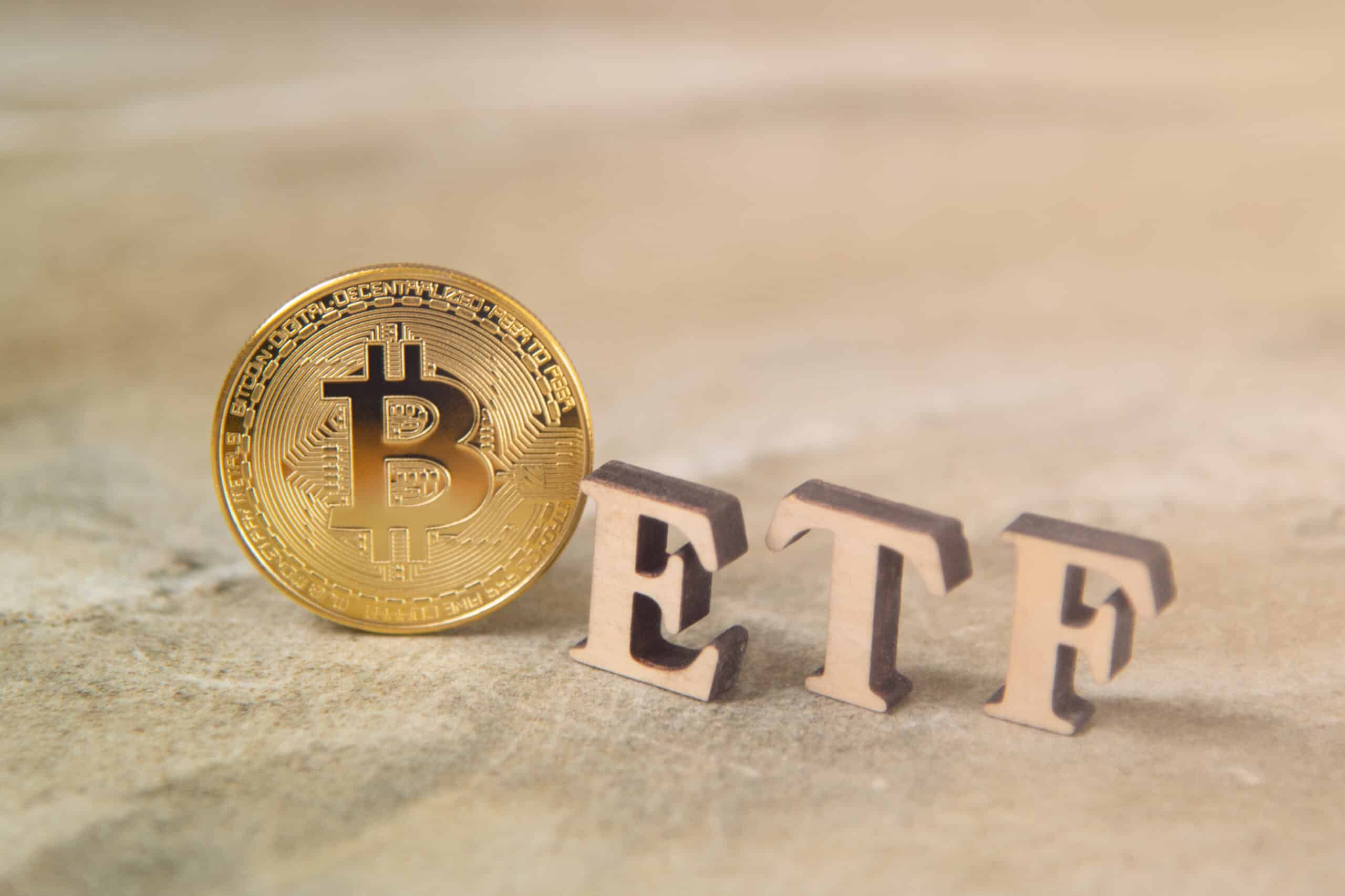Last week, Caitlin Long, the founder and CEO of the crypto-friendly Custodia Bank, stoked some concerns on X, claiming that a limited supply of bitcoin (BTC) on major over-the-counter (OTC) trading desks could pose a challenge to spot ETFs trying to source bitcoin as inflows continued to surge.
In her thread, Long wrote that “a credible source” told her that there were “only ~40 #BTC available for sale at any price at one point on Wednesday.” This statement fueled speculation of a shortage of bitcoin for these and therefore an expected rise in price. However, it revealed a fundamental misunderstanding of how OTC desks actually function.
Read more: Should You Sell Bitcoin Now That It’s Nearing Its All-Time High?
Two OTC experts, Max Boonen, founder of B2C2, and Evgeny Gaevoy, the CEO of Wintermute, took to X to criticize Long’s claim. Wintermute and B2C2 are both OTC agency desks, meaning they match customers’ orders with the best price available on exchanges or with other dealers.
This take would be acceptable from a low-IQ guy like @PeterSchiff, but is surprising (to say the least) coming from @CaitlinLong_ , a "22-yr Wall St veteran" according to her bio.
Here's how OTC desks actually work: https://t.co/HNBb35TMcY
— Max Boonen (@maxboonen) March 2, 2024
What Are OTC Desks?
An OTC desk is basically a middleman that connects buyers and sellers directly and privately outside of regular exchanges. In the case of bitcoin, an OTC desk is used by large players to buy and sell BTC.
In addition to agency desks such as Wintermute and B2C2, there are also what are called principal desks that act as market makers by setting their own price and purchasing and selling cryptocurrencies directly with traders.
According to Boonen, while agency desks offer simplicity and transparency (with an associated fee to assist the exchange), principal desks can offer better prices. But using them requires more market knowledge and trust in the desk.
How Do OTC Desks Work?
Both agency and principal OTC desks tend to have a dynamic inventory. They maintain some BTC to facilitate trades and ensure smooth operations, but this amount can fluctuate depending on market conditions and client orders.
To this end, they tend to not keep large amounts of BTC on hand like a traditional exchange would. Instead, they have well-established relationships with market participants (such as exchanges and miners) to quickly source the BTC they need when a client places an order.
This is important because they can often facilitate large trades faster than traditional exchanges since they aren’t limited by the amount of buyers and sellers in the market at any single moment. Further, OTC desks can customize their services and cater to the specific needs of institutional investors or high-net-worth individuals.
While Long might have been right about the amount of BTC held by OTC desks, her assertions are inaccurate because OTC desks hold very little BTC by design.
How Spot ETFs work
Spot Bitcoin ETFs directly purchase bitcoins based on demand from their clients, and partner with a third-party custodian to hold and securely store the bitcoin they buy. When you purchase a share of a spot Bitcoin ETF, you essentially own a portion of the bitcoin held by the fund.
Read more: There Are Now 11 Spot Bitcoin ETFs. Here’s the One That’s Best for You
When investors buy ETF shares on an exchange, the ETF fund manager uses those funds to purchase bitcoin on the open market through OTC desks. The purchased bitcoin is then transferred to the ETF’s custodian for safekeeping.
Thus, the ETF share price directly reflects the market price of the asset held by the fund, in this case, bitcoin.
Why Limited Inventory Is a Feature, Not a Bug
The beauty of OTC desks lies in their ability to quickly purchase bitcoin from various sources to meet demand, rather than relying on bitcoin they already have on their balance sheet.
“Neither types of [OTC] desk keep a ‘stash’ of coins available for sale! In both cases, execution is separate from settlement,” Boonen wrote.
OTC desks streamline operations by sourcing the BTC they need based on demand, rather than introducing the logistical and security complexities that would come with holding large amounts of bitcoin.
As such, OTC desks can never truly run into a shortage of bitcoin to acquire. As is the case for any asset, there is always going to be bitcoin for sale, but the price might differ based on the demand. The more you are willing to pay, the more likely you are to find a seller willing to sell.
Focusing on the limited inventory of OTC desks misses the mark since they are not intended to hold large amounts of bitcoin. Their strength lies in their liquidity network to quickly access and move large amounts of BTC depending on the demand for it.
The dynamic inventory model allows desks to minimize bitcoin’s price fluctuation and focus on facilitating trades rather than holding the assets long term.



